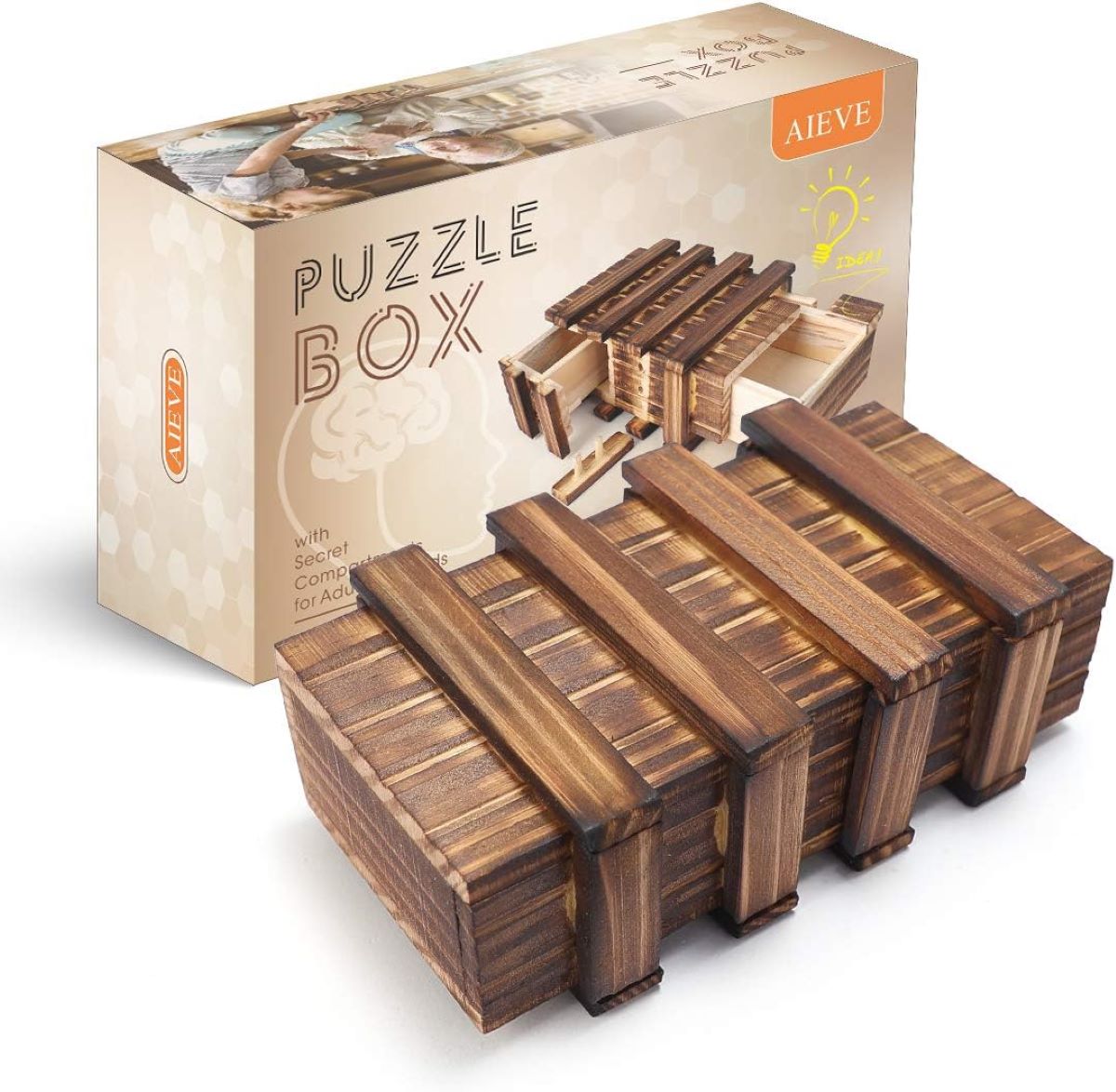

Articles
How To Store Puzzle Boxes
Modified: January 5, 2024
Learn how to properly store puzzle boxes with these helpful articles. Keep your puzzles safe and organized for future enjoyment.
(Many of the links in this article redirect to a specific reviewed product. Your purchase of these products through affiliate links helps to generate commission for Storables.com, at no extra cost. Learn more)
Introduction
Welcome to the wonderful world of puzzle boxes! If you’re a fan of puzzles and brain teasers, then puzzle boxes are sure to captivate your imagination. These intriguing and often intricate contraptions not only serve as a means of entertainment but also as beautiful decor pieces. Whether you have a small collection or a vast assortment of puzzle boxes, it’s essential to know how to properly store and care for them to ensure their longevity and enjoyment.
Choosing the right puzzle box is the first step in this process. Puzzle boxes come in various shapes, sizes, and designs, each presenting its own unique challenge. Some are crafted from wood, while others are made from metal or even a combination of materials. It’s important to consider your personal preferences and the level of difficulty you’re comfortable with when selecting a puzzle box.
Once you’ve amassed your collection of puzzle boxes or have acquired a few favorites, it’s time to think about how to prepare them for storage. Dust and dirt can accumulate over time, potentially affecting the functionality and aesthetic appeal of the puzzle boxes. Cleaning and maintaining them regularly will help preserve their condition.
Proper storage is crucial to ensure the longevity and safety of your puzzle boxes. By utilizing suitable containers and following specific storage techniques, you can prevent damage and minimize the risk of losing pieces. Whether you choose to store them individually or as a set, there are various options to consider.
For puzzle enthusiasts who not only want to preserve their collection but also showcase them as decorative pieces, displaying puzzle boxes can be a visually appealing option. From simple shelves to elegant display cases, there are numerous ways to exhibit your puzzle boxes while keeping them easily accessible for solving or admiration.
In this article, we will explore the different aspects of storing puzzle boxes. From choosing the right puzzle boxes to cleaning, maintaining, and storing them properly, we’ll equip you with the knowledge you need to care for your puzzle box collection. Whether you’re an avid collector or a casual puzzler, these tips and techniques will help you keep your puzzle boxes in excellent condition for years to come.
Key Takeaways:
- Embrace the world of puzzle boxes by choosing the right ones, preparing them for storage, and displaying them creatively to ensure their longevity and bring joy and intrigue for years to come.
- Care for your puzzle boxes diligently by regularly cleaning, maintaining, and properly storing them to preserve their beauty, functionality, and value, creating a visually engaging environment that sparks conversation and curiosity.
Read more: How To Store Puzzle
Choosing the Right Puzzle Box
When it comes to choosing a puzzle box, there are a few factors to consider. The first is the material of the box. Puzzle boxes are typically made from wood, metal, or a combination of both. Wooden puzzle boxes offer a classic and natural aesthetic, while metal puzzle boxes provide a sleek and modern look. Some puzzle boxes even incorporate other materials like glass or stone for added visual appeal.
Next, think about the level of difficulty you’re looking for. Puzzle boxes come in various levels, from beginner-friendly to mind-bogglingly difficult. If you’re new to puzzle boxes, opt for a box with a lower difficulty rating to get started. As you become more experienced, you can challenge yourself with more intricate and complex designs.
Consider the size of the puzzle box as well. Some puzzle boxes are small and compact, fitting easily in the palm of your hand. Others are larger and more ornate, making them impressive display pieces. Think about whether you want a puzzle box that’s portable and can be carried around or if you prefer one that serves as a decorative item for your home.
Another crucial factor to consider is the design and theme of the puzzle box. Puzzle boxes come in a wide range of designs, from traditional wooden boxes with hidden compartments to geometrically shaped boxes with intricate mechanisms. Some puzzle boxes even feature themed designs, such as animals, mythical creatures, or historical landmarks. Choose a design that resonates with your personal preferences and adds to the overall appeal of your collection.
Lastly, take into account your budget. Puzzle boxes come in a range of price points, so determine the amount you’re willing to invest in your puzzle box collection. Remember that cost doesn’t always equate to quality or difficulty level, so do your research and choose a puzzle box that offers both enjoyment and good value.
By considering the material, difficulty level, size, design, and budget, you can select puzzle boxes that align with your preferences and create a diverse and engaging collection. Enjoy the process of exploring different puzzle boxes and discovering the unique challenges they offer.
Preparing the Puzzle Box for Storage
Before you store your puzzle boxes, it’s essential to prepare them properly to ensure their longevity and protect them from potential damage. Here are a few steps to follow when preparing your puzzle boxes for storage:
- Remove any loose pieces: Before storing your puzzle box, make sure to remove any loose pieces or small components. This will help prevent them from getting lost or damaged during the storage process.
- Clean the puzzle box: Dust and dirt can accumulate on puzzle boxes over time, dulling their appearance and potentially affecting their functionality. Use a soft, dry cloth or a gentle brush to remove any dust or debris from the surface of the box. If there are stains or stubborn dirt, use a mild cleaning solution or specialized wood cleaner for wooden puzzle boxes. Ensure that the puzzle box is completely dry before proceeding to the next step.
- Inspect for any damage: Take a close look at the puzzle box to check for any signs of damage, such as loose hinges, split wood, or broken mechanisms. If you notice any issues, consider getting them repaired or fixed by a professional before storing the puzzle box.
- Apply a protective finish (for wooden puzzle boxes): To help preserve the wood and enhance the beauty of your wooden puzzle box, consider applying a protective finish. This can be a coat of wax, varnish, or an oil-based finish. Follow the manufacturer’s instructions for the specific product you use and allow sufficient drying time before continuing with the storage process.
- Wrap the puzzle box: Once your puzzle box is clean and dry, wrap it in a soft, acid-free tissue paper or cloth. This will help protect the surface of the box from scratches and dust while in storage.
By following these steps, you’ll ensure that your puzzle boxes are properly prepared for storage. This preparation process will help maintain the integrity and appearance of your puzzle box collection, allowing you to enjoy them for years to come. Remember to store your puzzle boxes in a dry and temperature-controlled environment to further ensure their preservation.
Cleaning and Maintaining Puzzle Boxes
To keep your puzzle boxes in excellent condition, regular cleaning and maintenance are essential. These steps will help preserve their functionality, appearance, and overall value. Here are some tips on how to clean and maintain your puzzle boxes:
- Dust regularly: Dust can accumulate on the surface of your puzzle boxes, affecting their appearance and potentially even hindering their movements. Use a soft, dry cloth or a brush with gentle bristles to remove any dust. Be thorough but gentle to prevent any damage to the puzzle box.
- Use a gentle cleaner: If your puzzle box becomes dirty or stained, use a mild cleaner specifically formulated for the material of the box. For wooden puzzle boxes, a specialized wood cleaner or a mixture of mild soap and water can be applied with a soft cloth. Avoid using harsh chemicals, abrasive cleaners, or excessive moisture, as they may damage the puzzle box.
- Protect against humidity: Excessive moisture can warp or damage the wood of a puzzle box. It’s important to store your puzzle boxes in a dry environment, away from areas with high humidity or extreme temperature fluctuations. Consider using a dehumidifier in the storage area to maintain optimal conditions.
- Inspect and repair: Regularly inspect your puzzle boxes for any signs of damage, such as loose pieces, broken mechanisms, or split wood. If you notice any issues, address them promptly. For minor repairs, you can attempt them yourself using appropriate adhesives or tools. However, it’s advisable to consult a professional if the damage is extensive or if you’re unsure about making repairs.
- Rotate puzzles: If you have a collection of puzzle boxes, it’s a good idea to rotate them periodically. This will prevent one puzzle box from bearing the weight of constant handling or exposure while others remain untouched. By rotating your puzzle boxes, you’ll ensure that all pieces of your collection receive equal care and attention.
- Store in proper containers: When not in use, store your puzzle boxes in suitable containers that provide protection from dust, moisture, and potential accidents. Individual puzzle boxes can be wrapped in acid-free tissue paper or cloth before placing them in a sturdy box or container. If you have multiple puzzle boxes, consider using dividers or compartments to prevent them from rubbing against one another.
By following these cleaning and maintenance tips, you’ll be able to enjoy your puzzle box collection for years to come. Regular care and attention will help preserve their beauty, functionality, and value, ensuring that each puzzle box remains a delight to solve and a joy to admire.
When storing puzzle boxes, it’s best to keep them in a dry and cool environment to prevent warping or damage to the pieces. Consider using a plastic container or resealable bag to keep all the pieces together and prevent them from getting lost.
Properly Storing Puzzle Boxes
When it comes to storing your puzzle boxes, it’s important to consider several factors to ensure their safety and longevity. Proper storage techniques can help prevent damage, preserve their condition, and make them easily accessible for future enjoyment. Here are some tips on how to properly store your puzzle boxes:
- Select the right storage container: Choose a storage container that is sturdy, durable, and large enough to accommodate your puzzle boxes without cramming them together. Consider using archival-quality boxes or plastic containers with tight-fitting lids to protect against dust, moisture, and potential accidents.
- Individual or grouped storage: Decide whether you’ll store your puzzle boxes individually or in groups. Individual storage allows better protection for each puzzle box and prevents any rubbing or unintended movement. Grouped storage can be suitable for sets or smaller puzzle boxes that can be securely nested together.
- Separate puzzle pieces: If your puzzle box has removable pieces or accessories, such as extra keys or hidden compartments, be sure to store them separately. Use small resealable bags or containers to keep these items together and label them for easy identification.
- Consider environmental conditions: Choose a storage location that is dry, well-ventilated, and temperature-controlled. Avoid areas with high humidity, extreme temperatures, direct sunlight, or fluctuating conditions, as they can adversely affect the materials and mechanisms of the puzzle boxes.
- Protect against pests: Keep your puzzle boxes safe from pests, such as insects or rodents, that may cause damage. Make sure the storage area is clean and free from any potential food sources or attractants. Consider using pest deterrents or traps if necessary.
- Label and organize: As you store your puzzle boxes, label the storage containers or shelves to easily identify the contents. Organize them in a logical manner, such as by difficulty level, theme, or size, to make it convenient to find specific puzzle boxes when desired.
- Avoid stacking: If storing puzzle boxes vertically, avoid stacking them directly on top of each other to prevent unnecessary pressure or potential damage. Use dividers or shelf inserts to provide stability and keep them upright.
- Regularly check and maintain: Even in storage, periodically inspect your stored puzzle boxes to ensure their condition. Remove any dust or debris that may have accumulated and address any issues promptly to prevent further damage.
By following these guidelines, you can properly store your puzzle boxes, keeping them safe, organized, and easily accessible for future enjoyment. Good storage practices will help preserve the beauty, functionality, and value of your puzzle box collection, allowing you to continue discovering the mysteries they hold.
Read more: How To Store Toddler Puzzles
Displaying Puzzle Boxes
Puzzle boxes are not just meant to be stored away; they can also be beautiful decorative pieces that deserve to be showcased. Displaying your puzzle boxes allows you to appreciate their intricate designs and adds a touch of elegance to your living space. Here are some creative ways to display your puzzle boxes:
- Shelving: Install shelves on a wall or use a standalone shelving unit to display your puzzle boxes. Arrange them in a visually appealing manner, grouping them by theme, size, or color. Add some decorative elements like plants or figurines to enhance the overall display.
- Shadow boxes: Shadow boxes are perfect for displaying puzzle boxes while protecting them from dust and potential damage. These enclosed glass-fronted cases can be hung on walls or placed on tabletops, allowing you to create a curated display of your favorite puzzle boxes.
- Coffee table or display cabinet: If you have a coffee table with a glass top or a display cabinet with glass shelves, consider arranging your puzzle boxes on them. This not only adds a conversation-starter to your living space but also allows easy access to your puzzle boxes whenever you feel like solving them.
- Wall-mounted frames: Convert puzzle boxes into art pieces by mounting them in frames and hanging them on the wall. This unique display method showcases the intricate designs and transforms them into captivating wall decor that is sure to be a focal point in any room.
- Curio cabinets: Curio cabinets are specifically designed to display small collectibles. These cabinets often have glass doors and shelves, providing an elegant way to exhibit your puzzle boxes while keeping them protected from dust and potential damage.
- Rotating display stands: Consider using rotating display stands to showcase your puzzle boxes. These stands allow you to display multiple puzzle boxes and easily rotate them to admire each one from different angles.
- Bookshelf integration: Incorporate your puzzle boxes into your bookshelf display. Arrange them alongside your favorite books, using bookends or bookshelf dividers to create sections dedicated to your puzzle box collection.
- Showcase illumination: Highlight the beauty of your puzzle boxes by adding small LED lights or spotlights to your display. Proper lighting can enhance the details and make your puzzle boxes even more eye-catching.
When displaying your puzzle boxes, remember to consider the overall aesthetic and style of your living space. Whether you prefer a minimalistic approach or a more eclectic display, make sure your puzzle boxes complement the existing decor and add a touch of personality to the room.
By showcasing your puzzle box collection, you not only bring them to life as stunning visual elements but also create a space that sparks curiosity and conversation. Enjoy the beauty and craftsmanship of your puzzle boxes as they become a prominent feature in your home or office.
Conclusion
Puzzle boxes are not just ordinary puzzles; they are intricate works of art that deserve proper care and attention. By understanding how to choose, store, clean, and display your puzzle boxes, you can ensure their longevity and enhance your enjoyment of these captivating contraptions.
In this article, we’ve discussed the importance of choosing the right puzzle box based on your preferences, difficulty level, and design. We explored the process of preparing puzzle boxes for storage, including removing loose pieces, cleaning, inspecting for damage, and applying protective finishes when necessary.
We also delved into the essential aspects of cleaning and maintaining puzzle boxes, such as regular dusting, using gentle cleaners, protecting against humidity, and inspecting for damage. These practices will help preserve their appearance, functionality, and value over time.
Properly storing puzzle boxes is crucial to prevent damage and ensure their longevity. We discussed selecting suitable storage containers, separating puzzle pieces, considering environmental conditions, protecting against pests, and organizing your collection to maintain accessibility and organization.
Lastly, we explored the exciting ways to display puzzle boxes, such as using shelves, shadow boxes, coffee tables, and wall-mounted frames. By showcasing your puzzle box collection, you not only add a decorative touch to your space but also create a visually engaging environment that sparks conversation and curiosity.
Remember, your puzzle boxes are more than just toys – they are treasures that deserve your care and appreciation. Whether you’re a seasoned puzzle enthusiast or a beginner, implementing these best practices will help you keep your puzzle boxes in top condition, ensuring that they continue to bring joy and intrigue for years to come.
So embrace the world of puzzle boxes and revel in the beauty and challenge they offer. Take pride in your collection, care for it diligently, and let your puzzle boxes become timeless pieces that captivate both your own heart and the admiration of others.
Frequently Asked Questions about How To Store Puzzle Boxes
Was this page helpful?
At Storables.com, we guarantee accurate and reliable information. Our content, validated by Expert Board Contributors, is crafted following stringent Editorial Policies. We're committed to providing you with well-researched, expert-backed insights for all your informational needs.
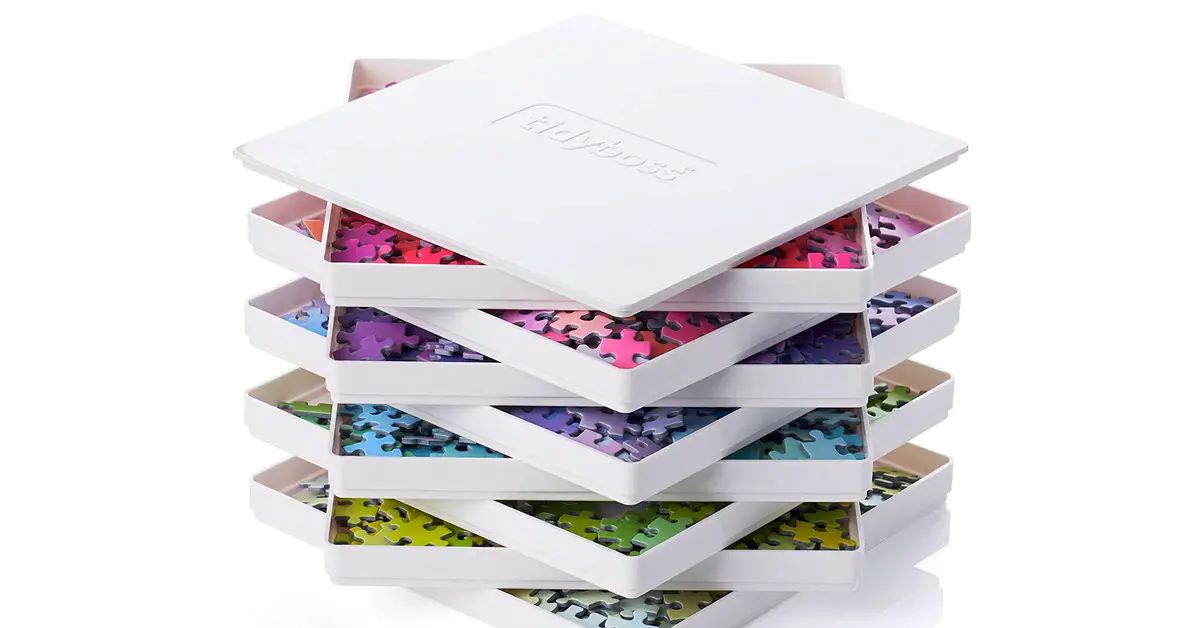

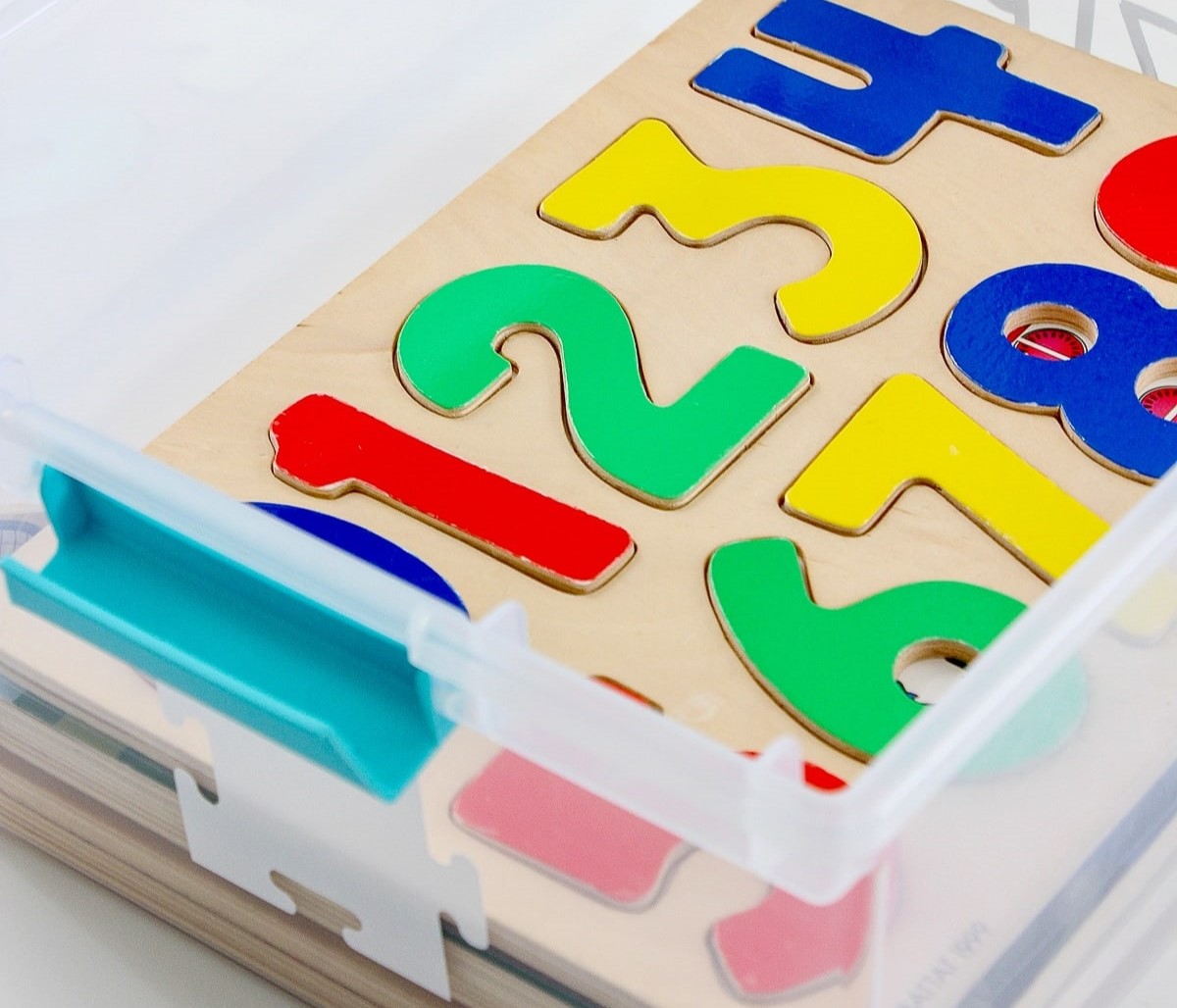

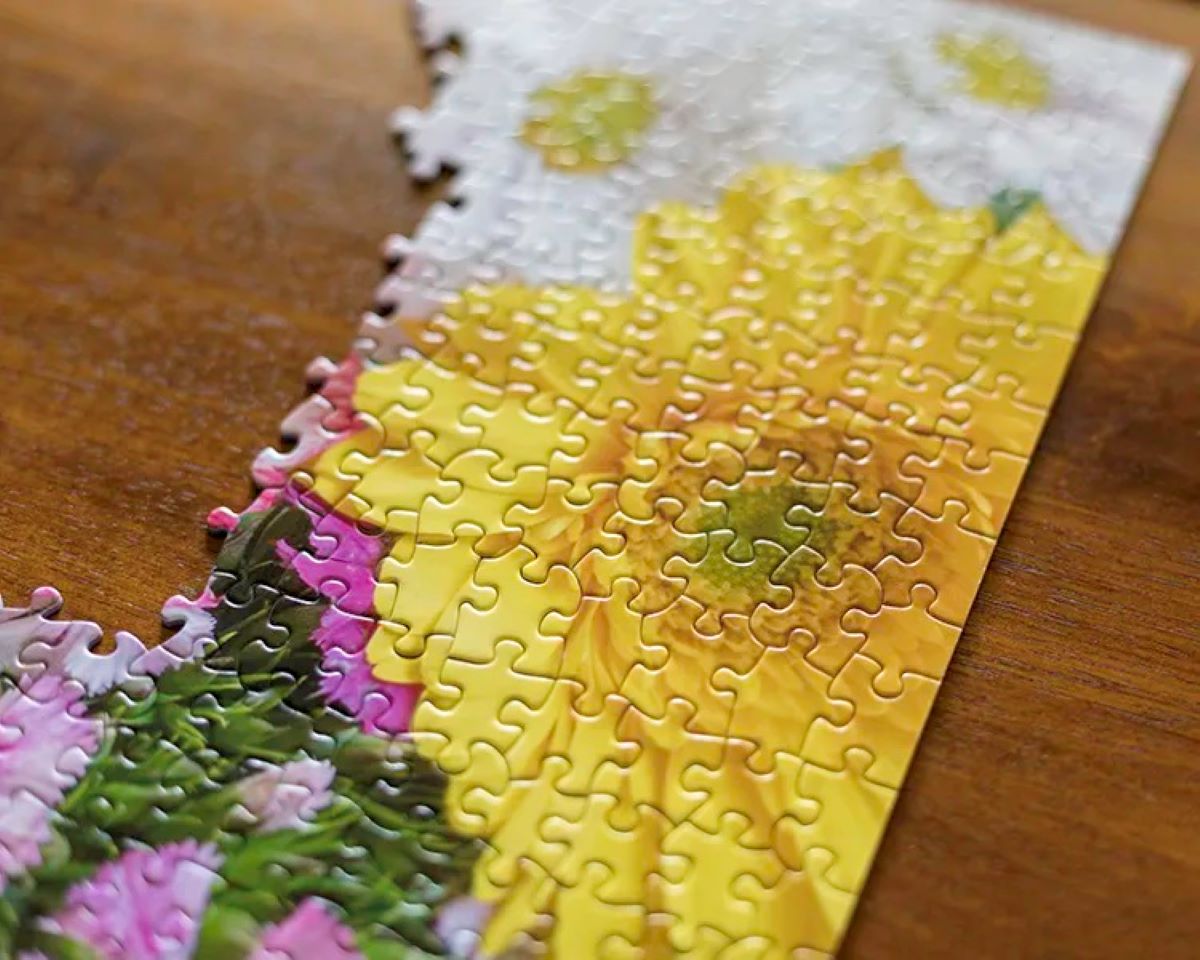
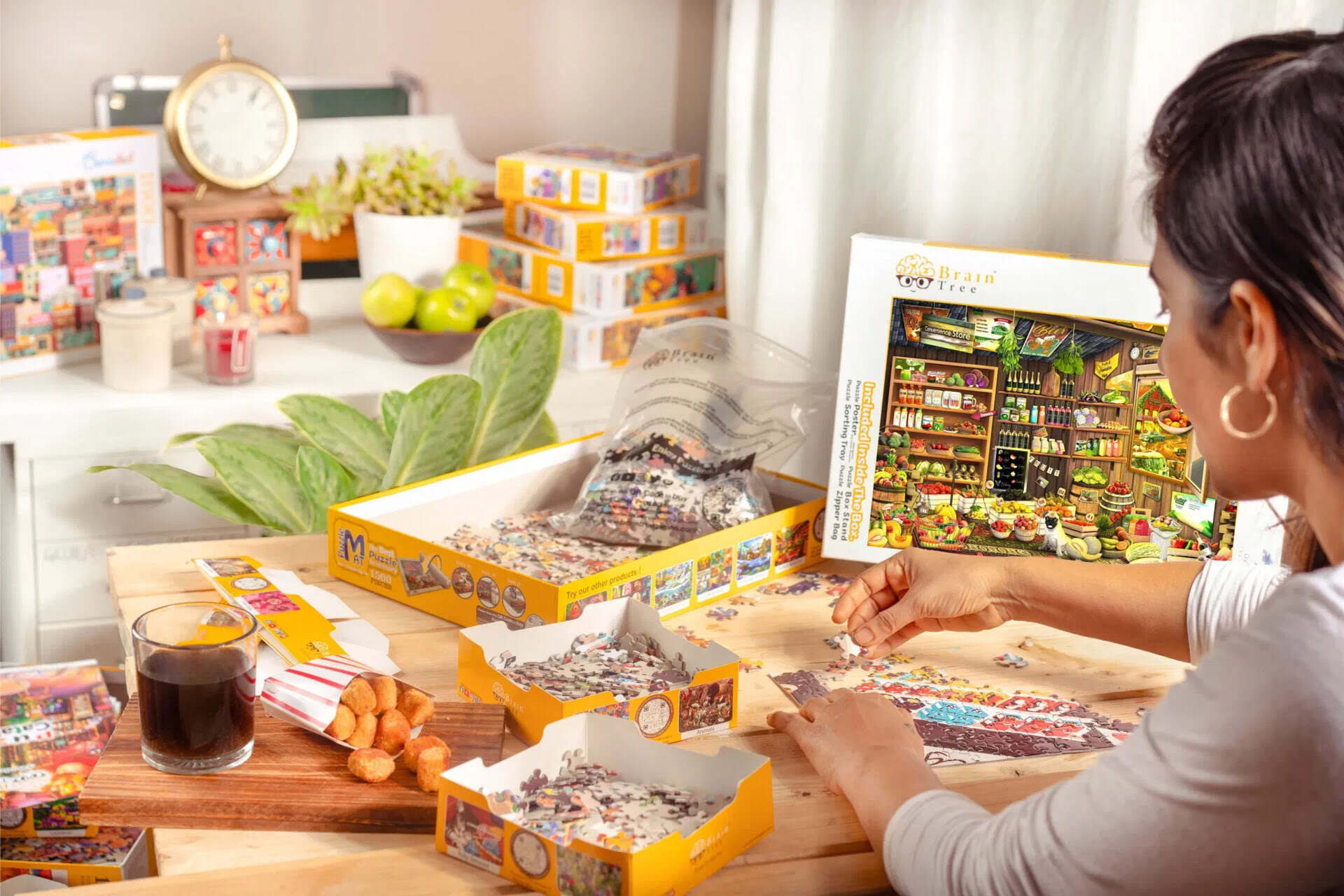
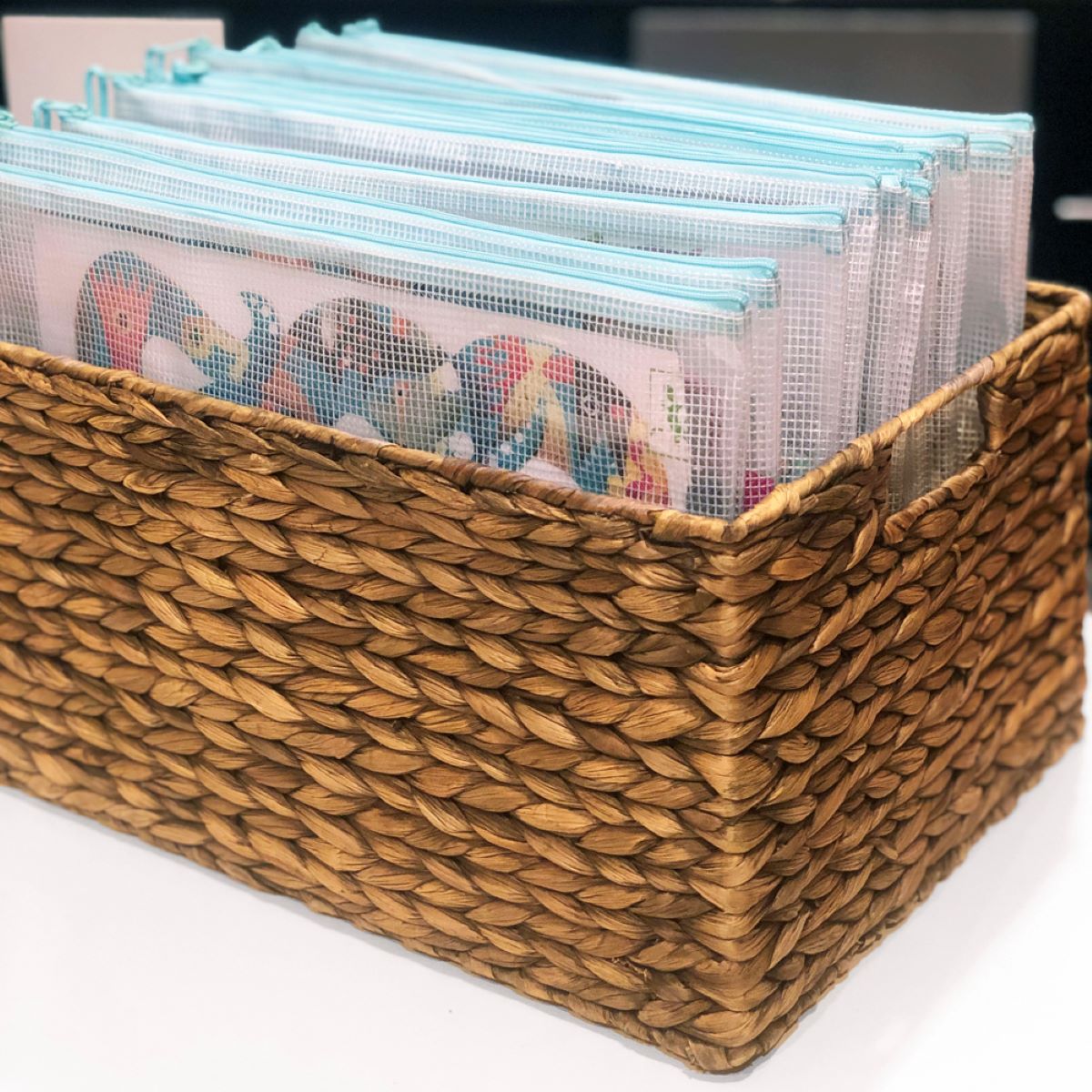
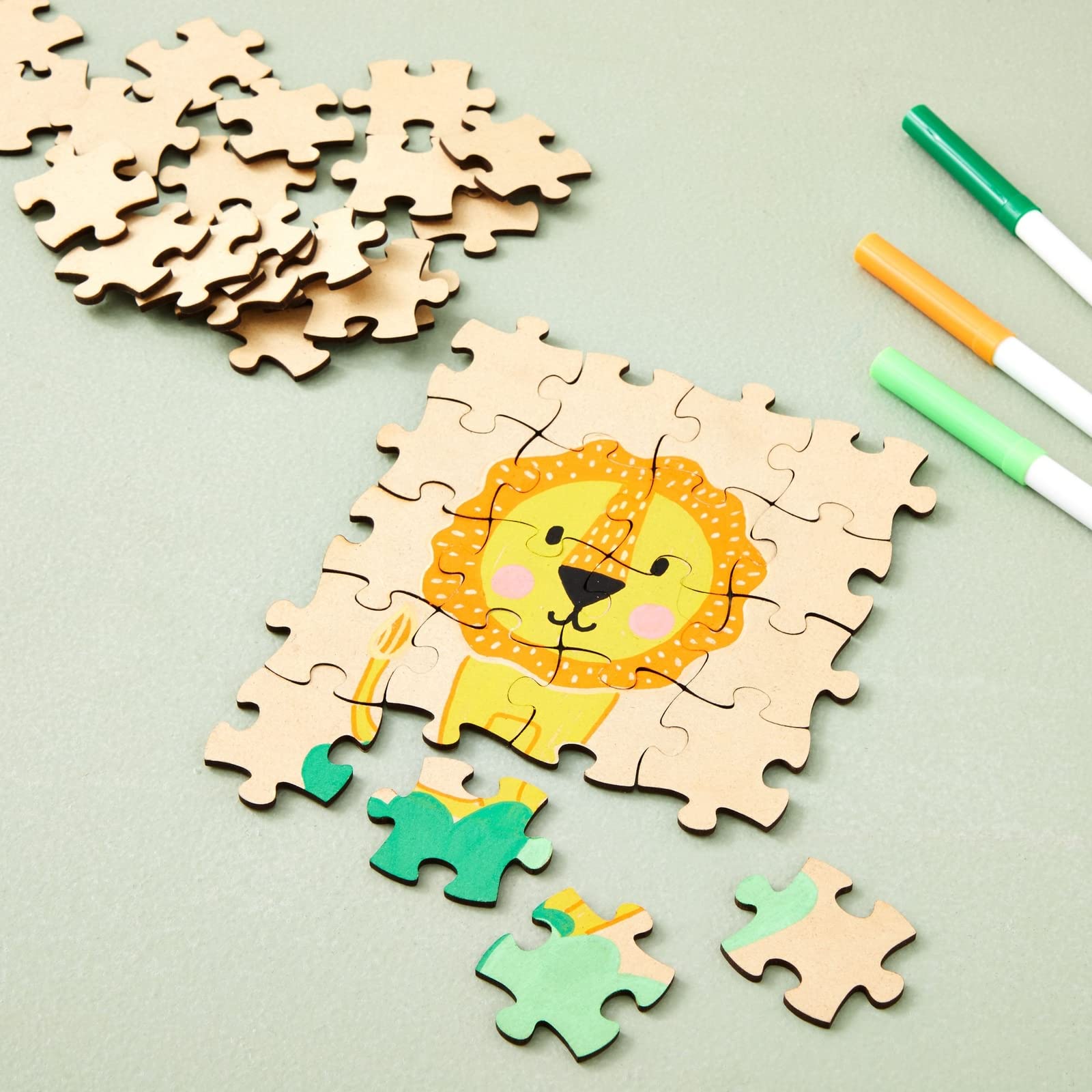
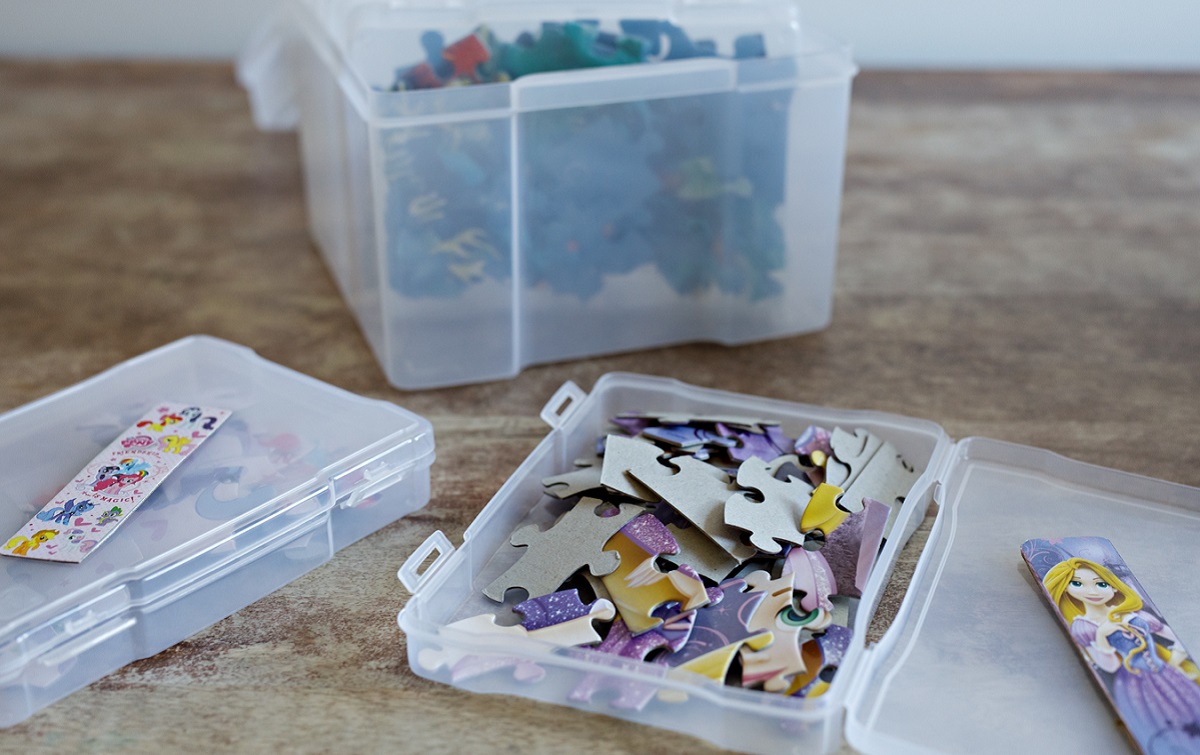
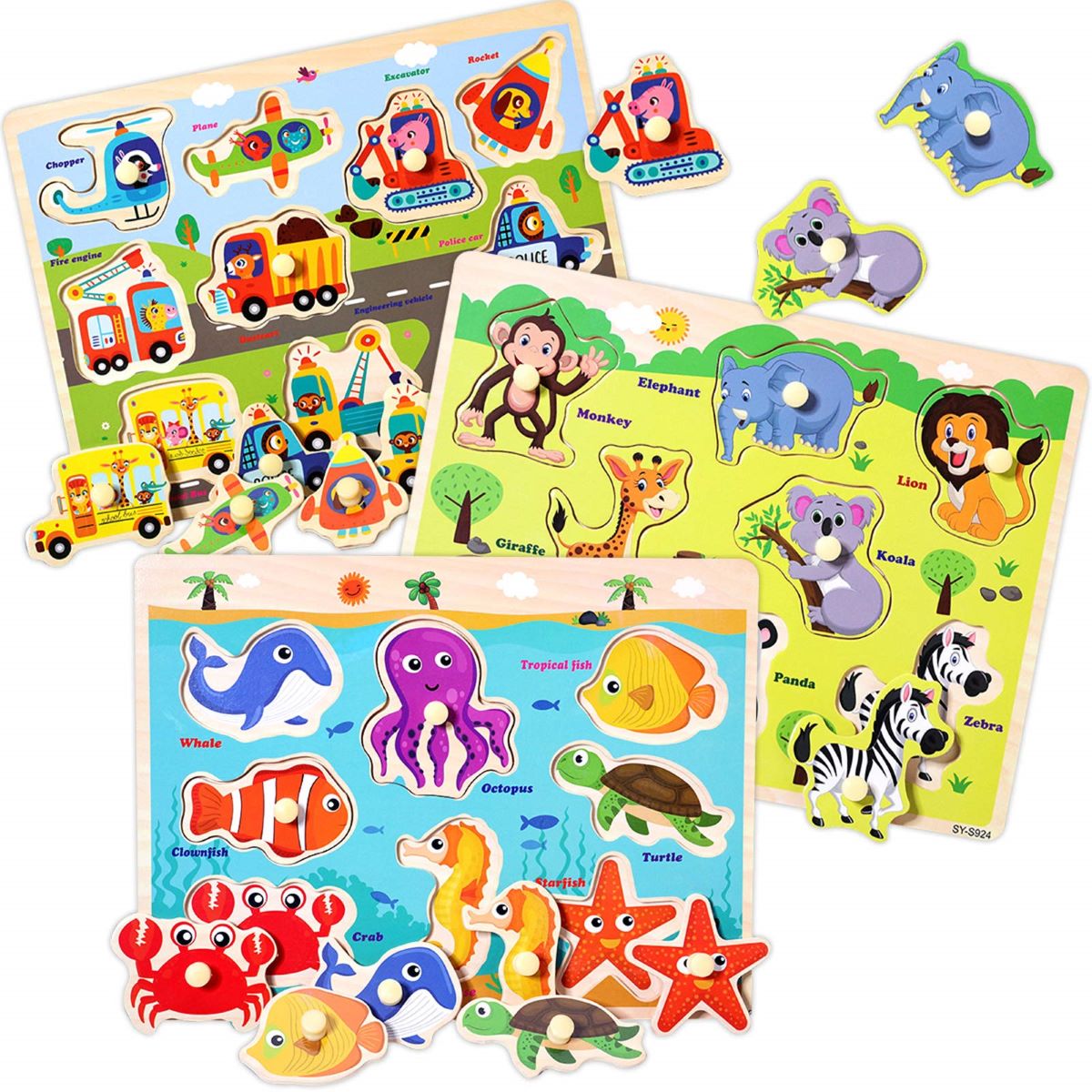
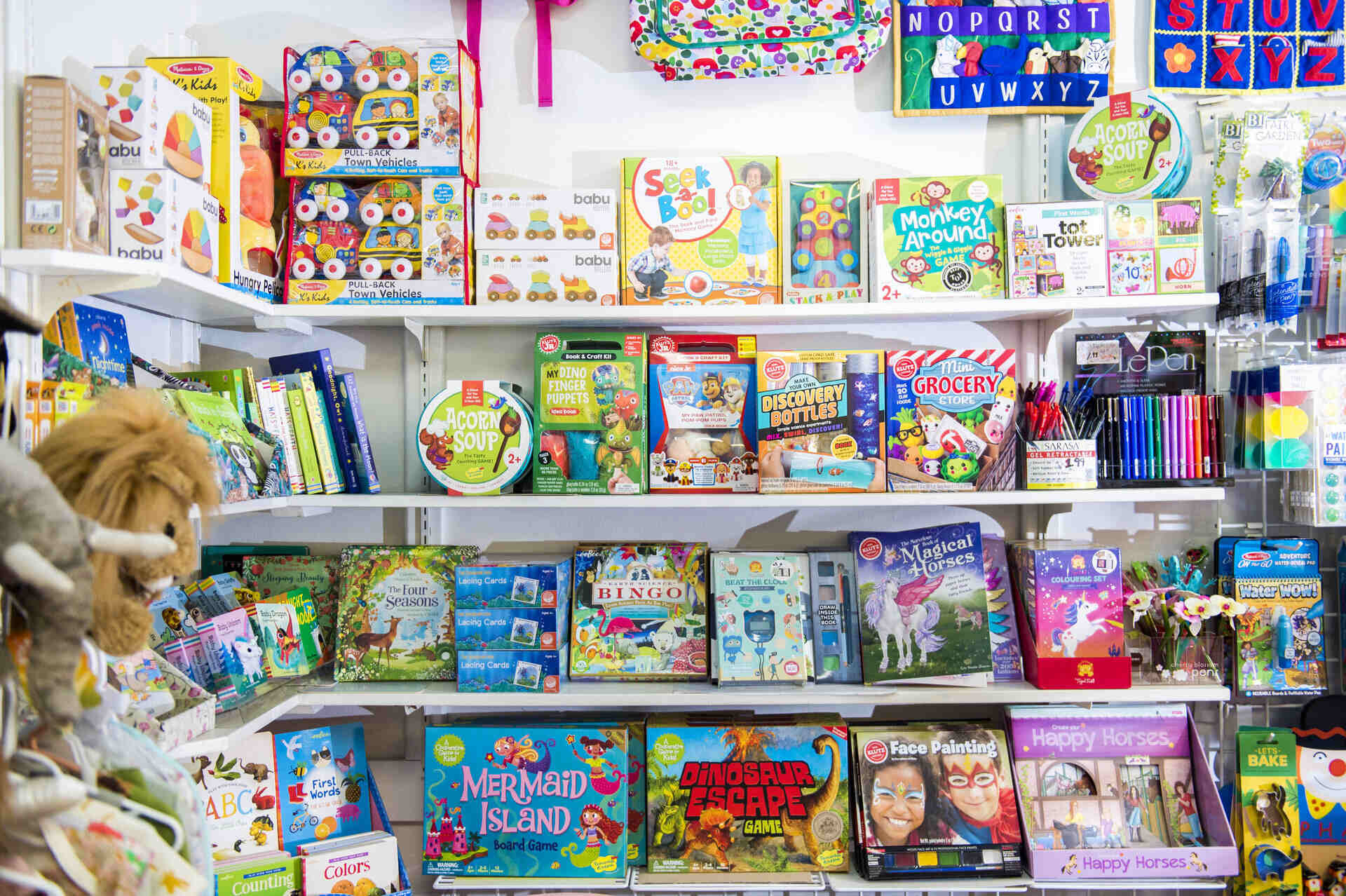
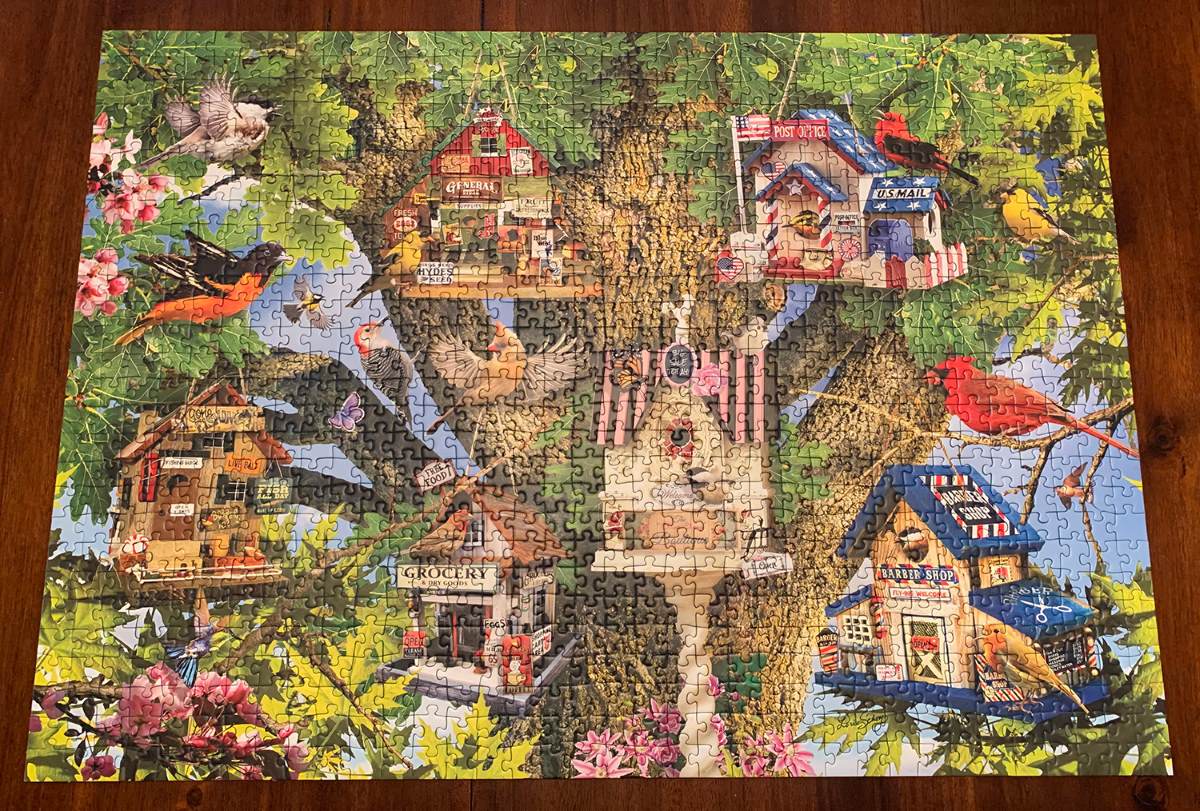
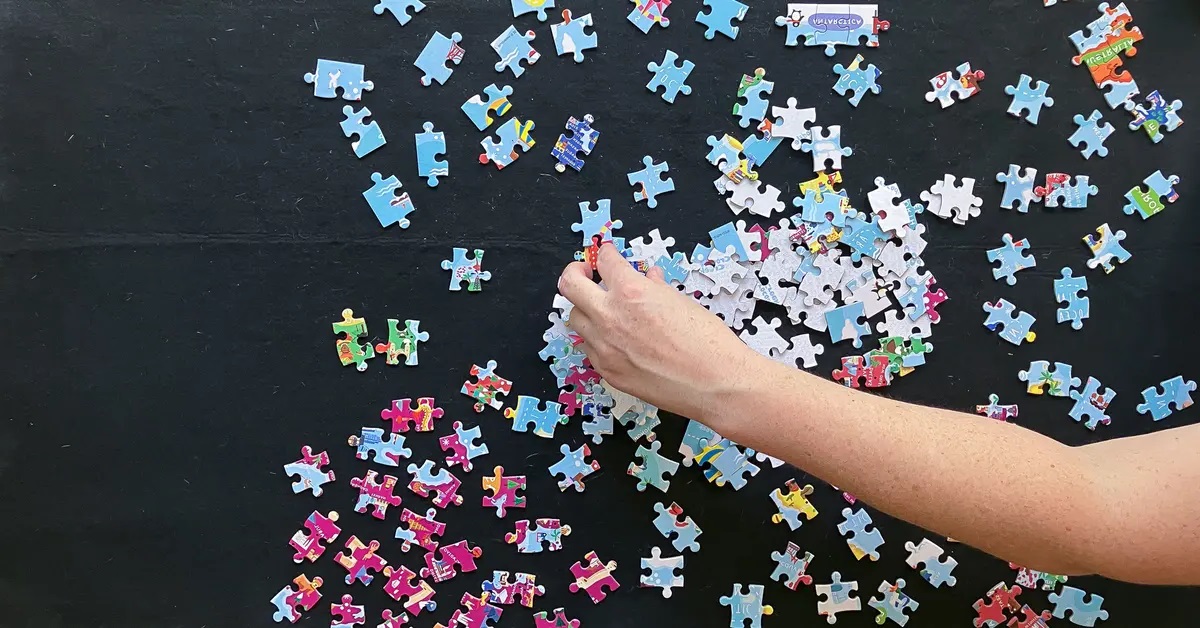
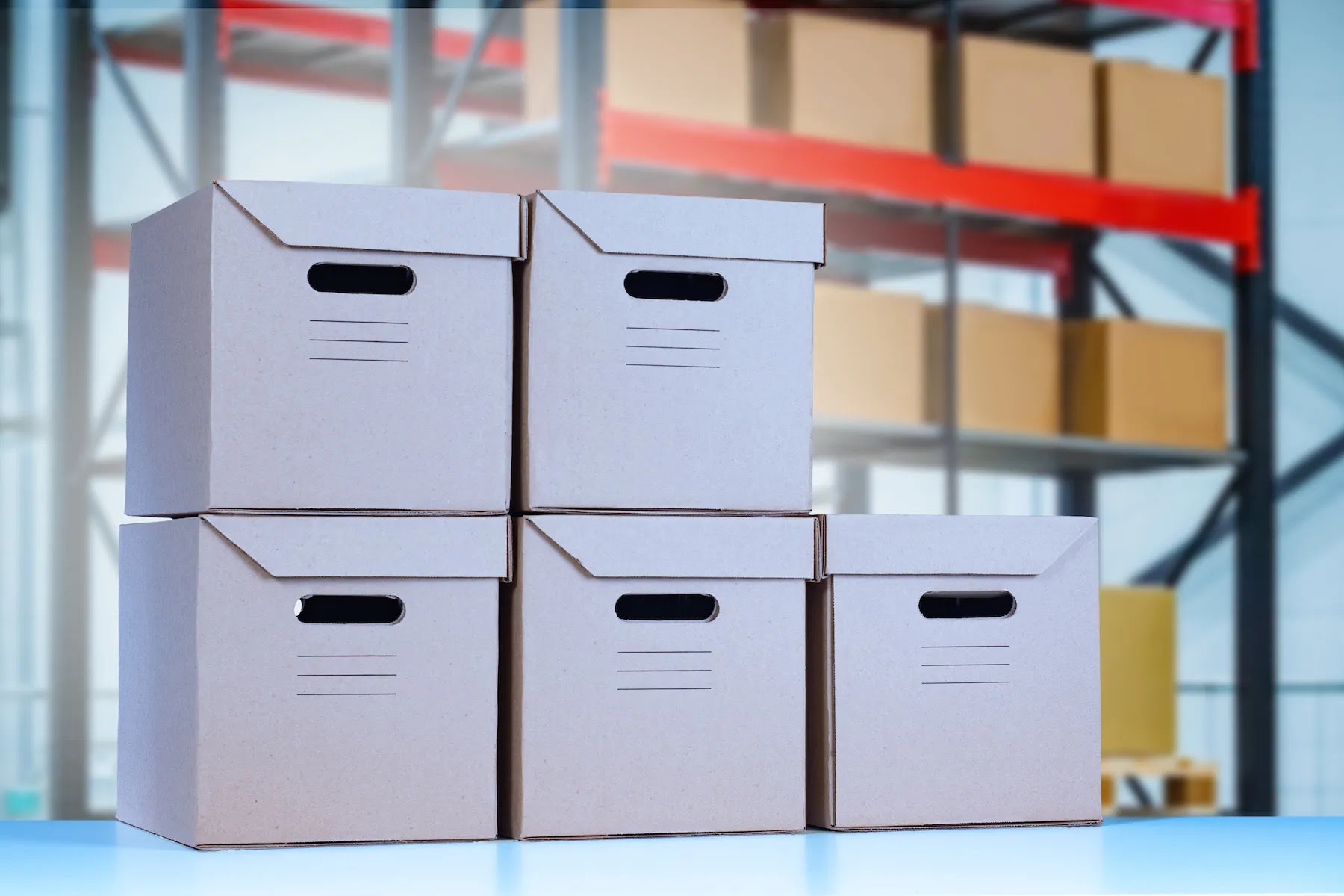

0 thoughts on “How To Store Puzzle Boxes”